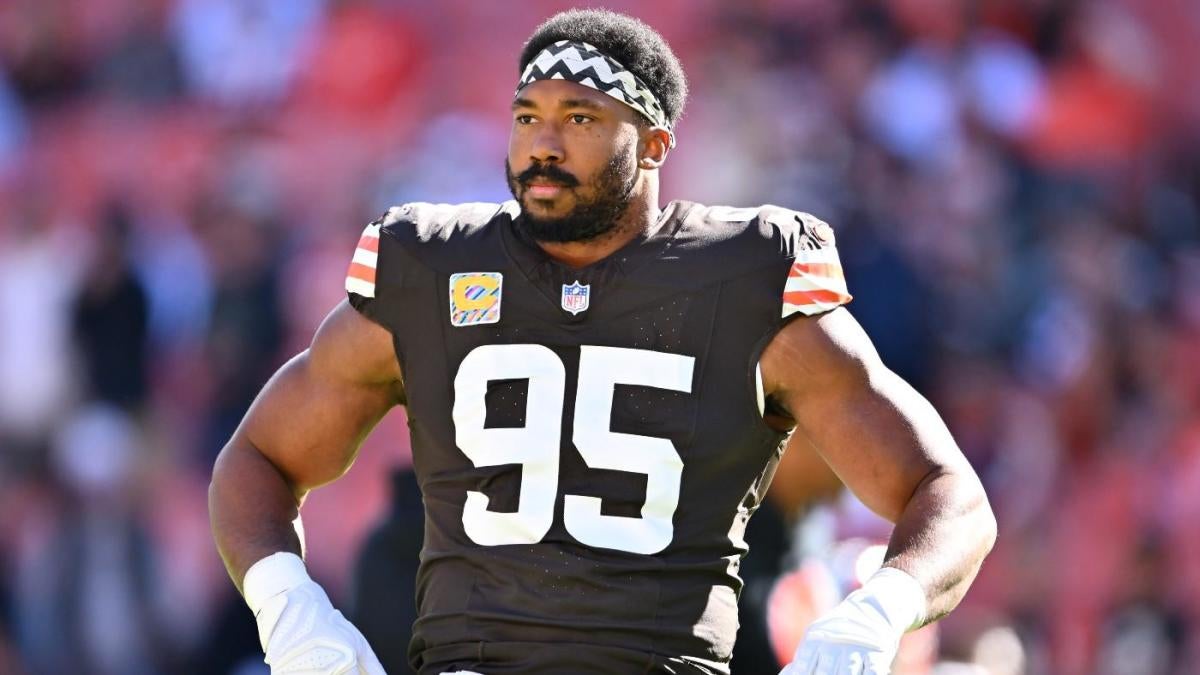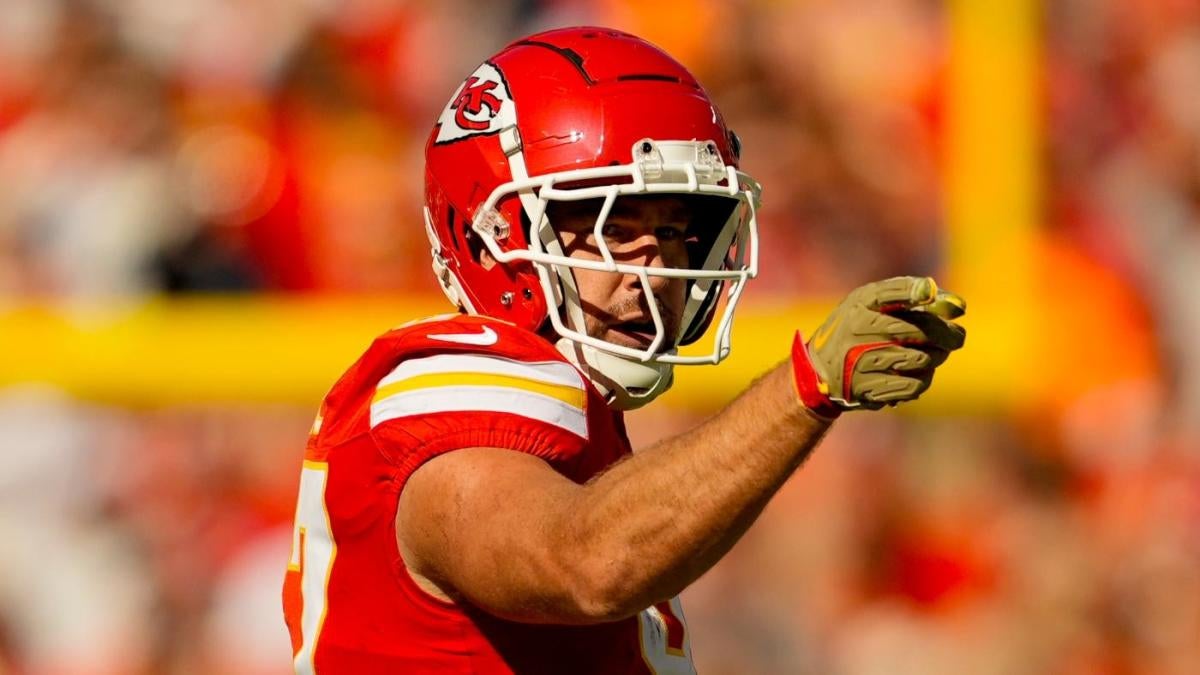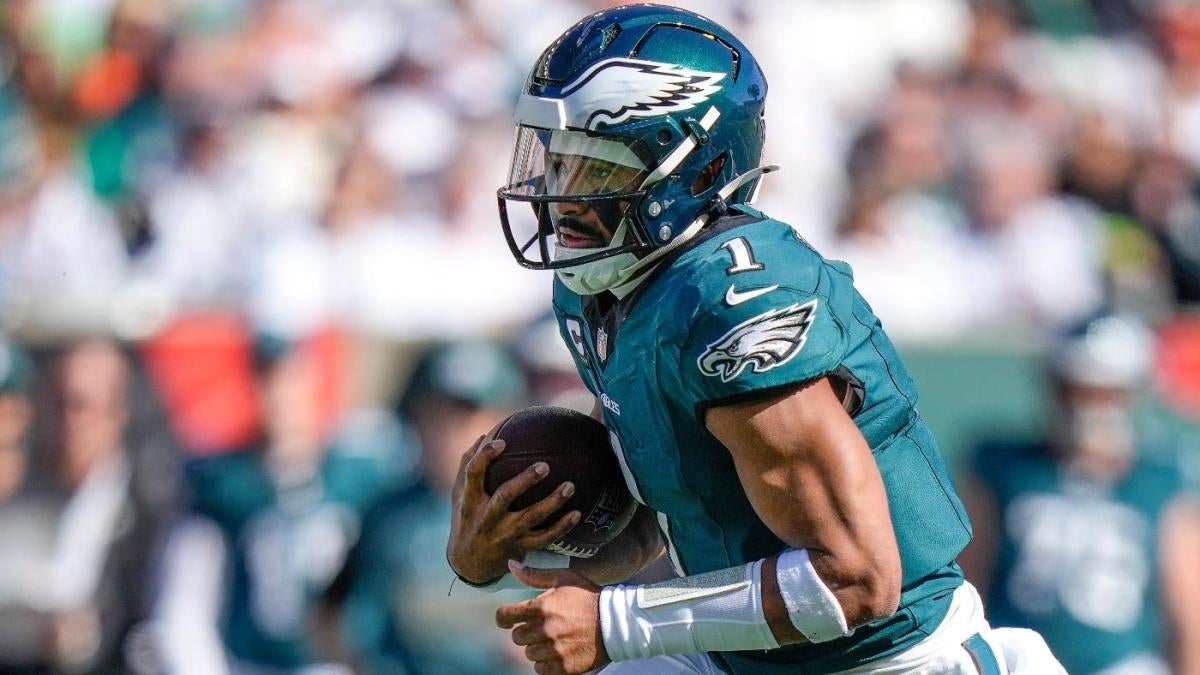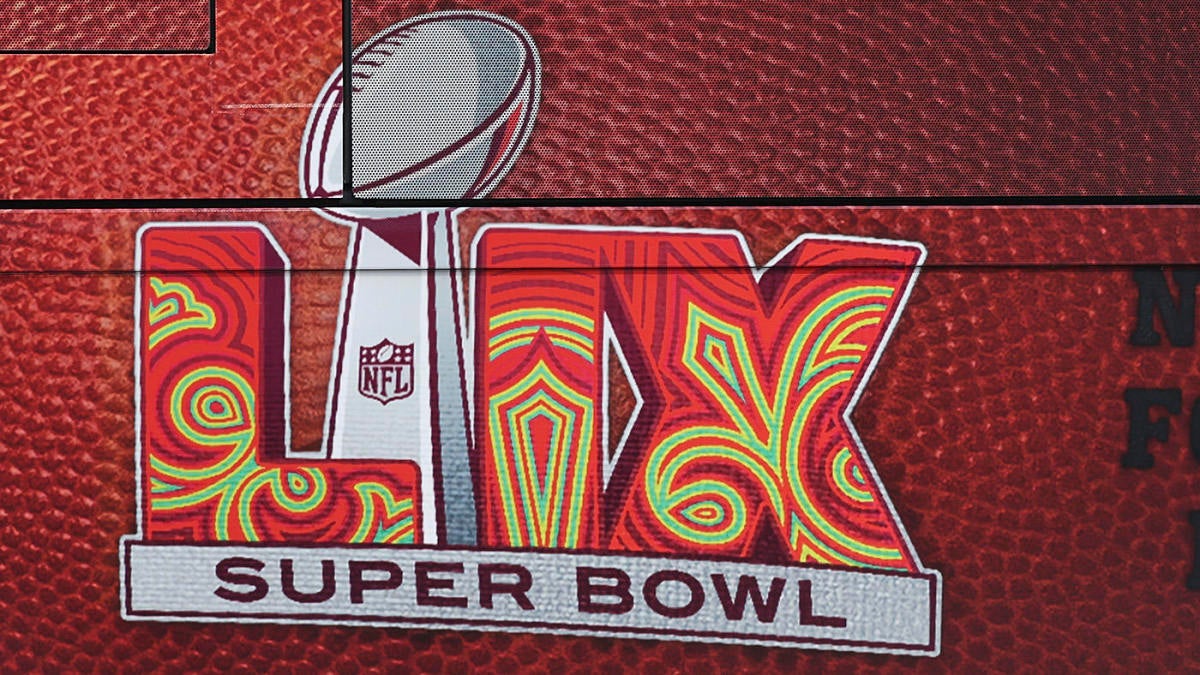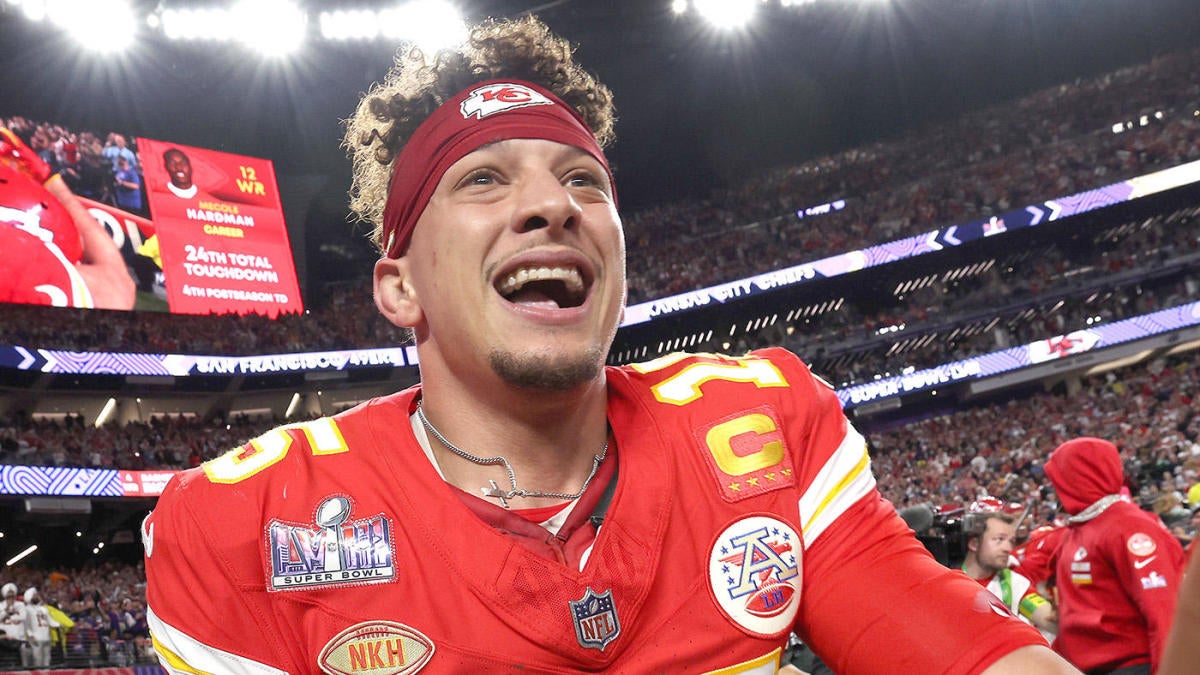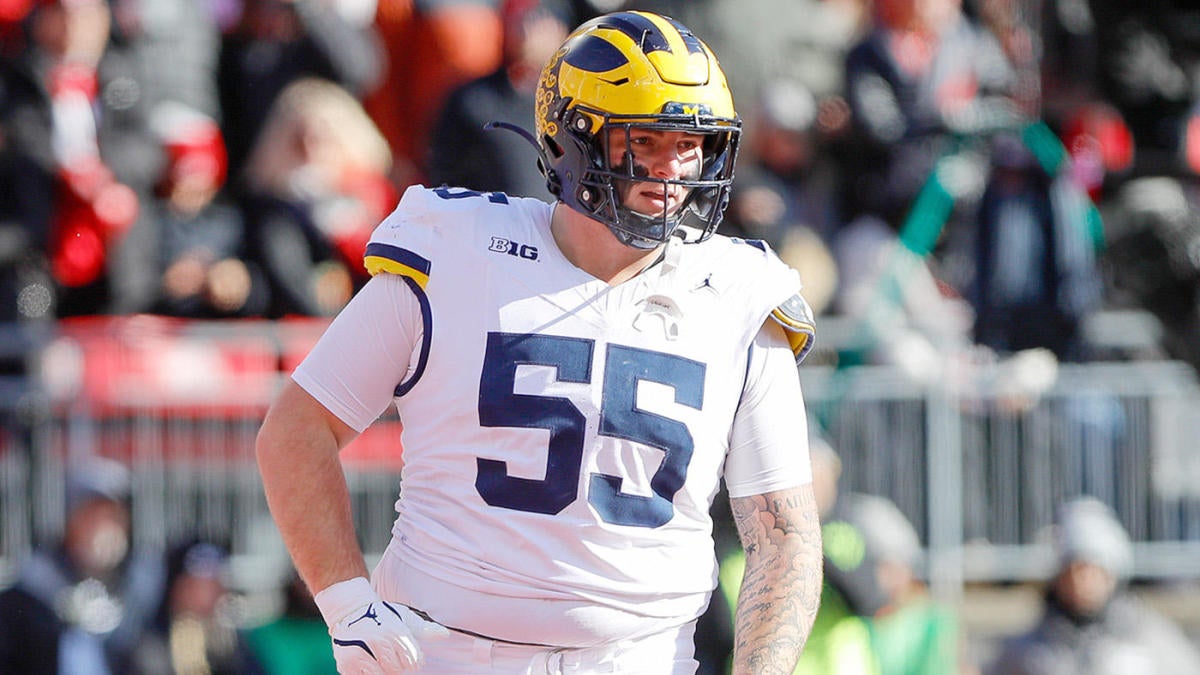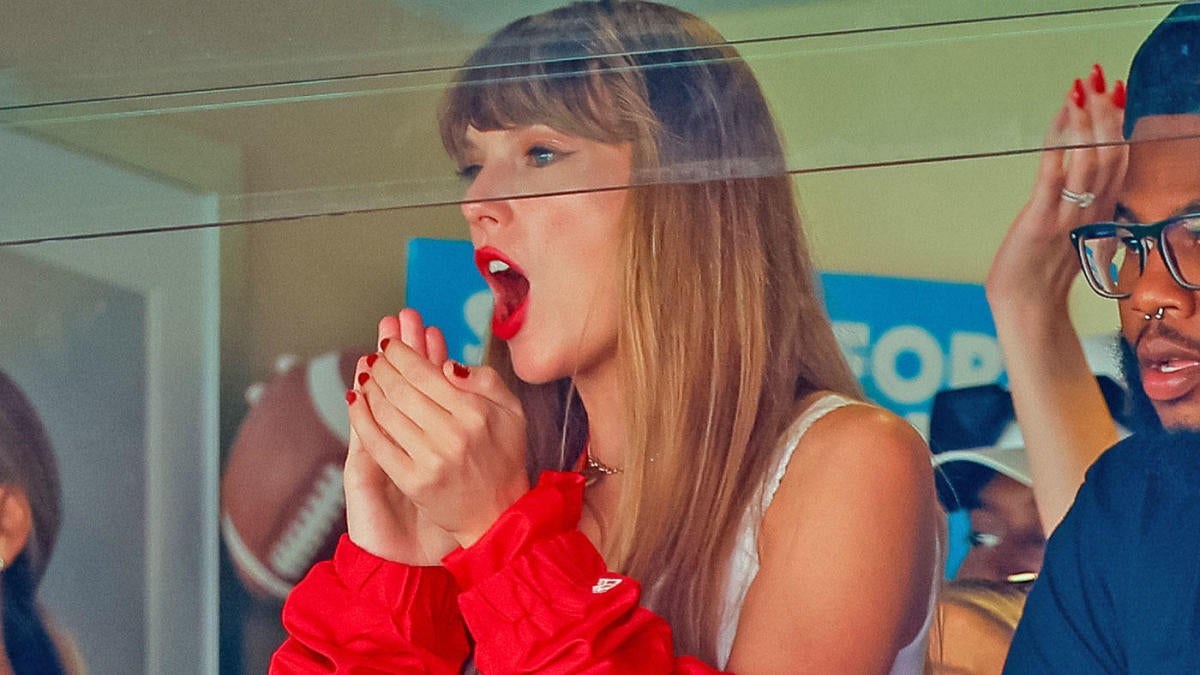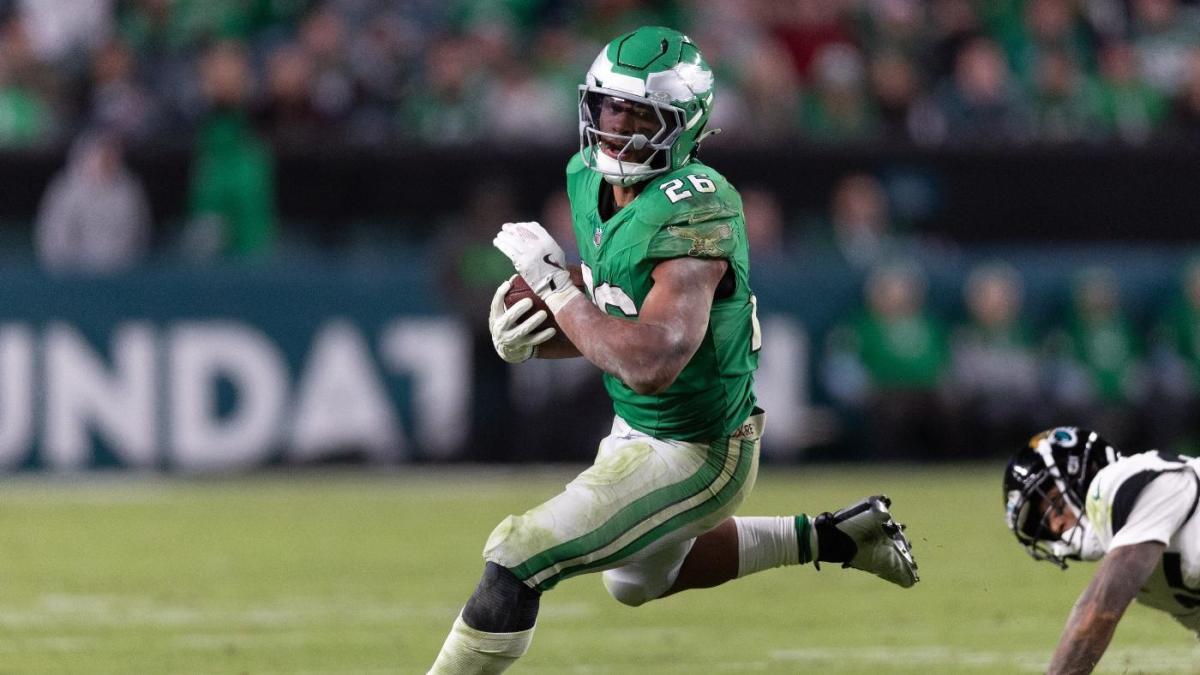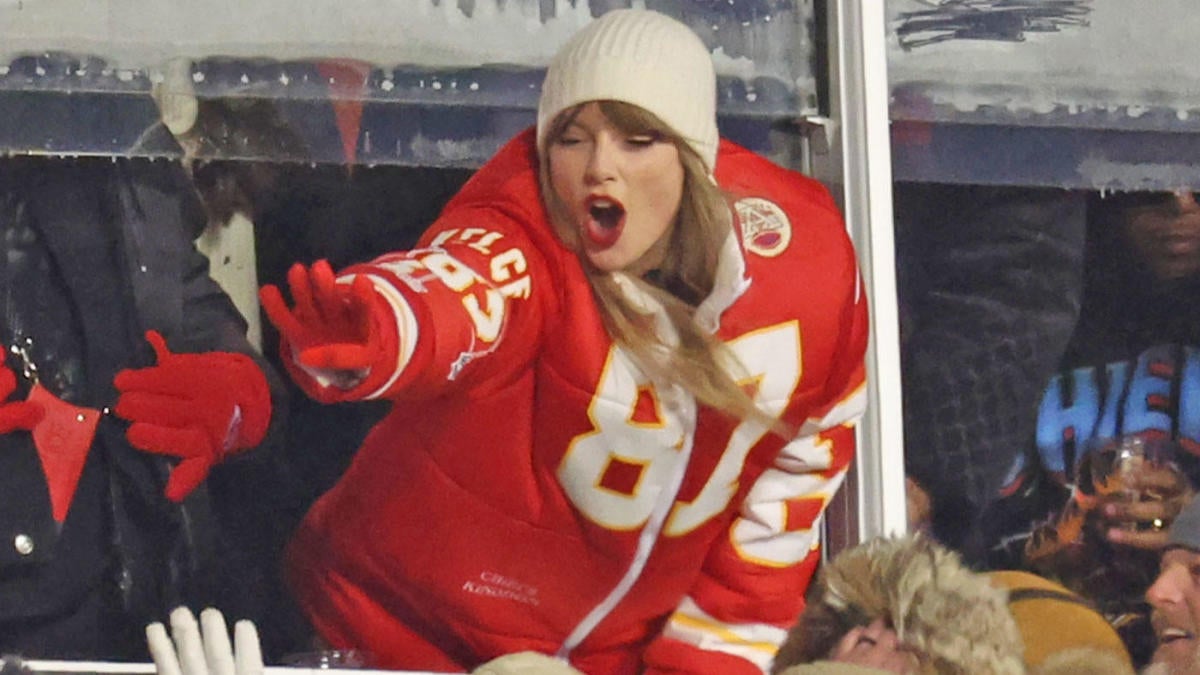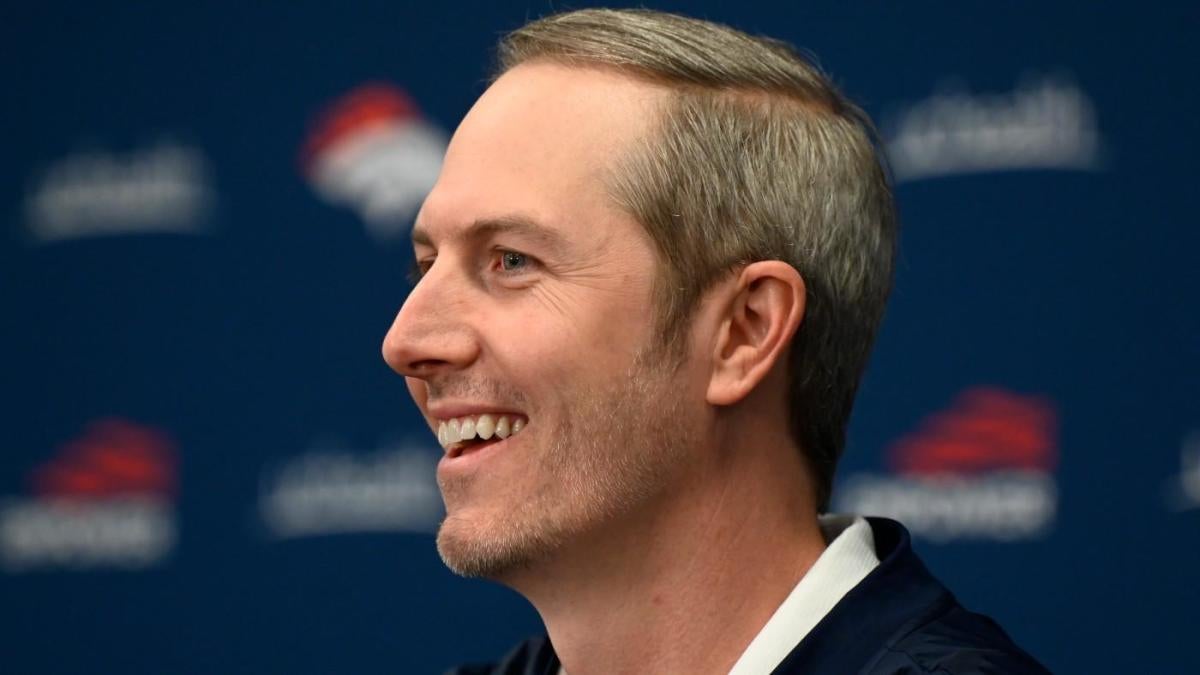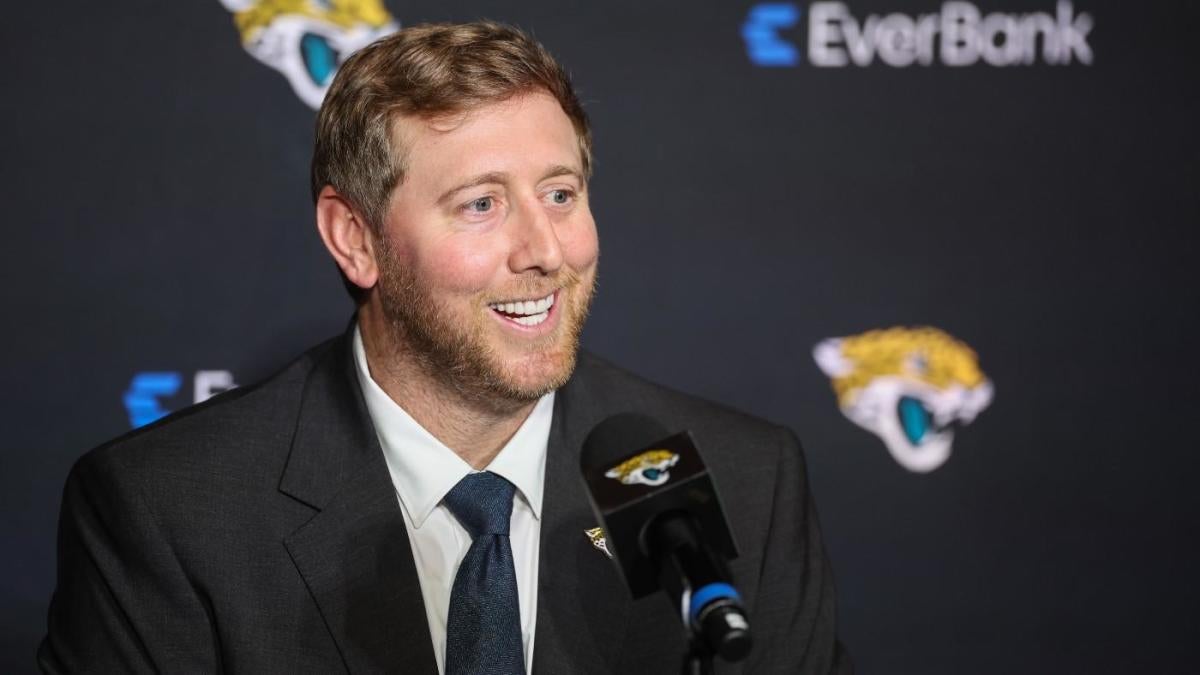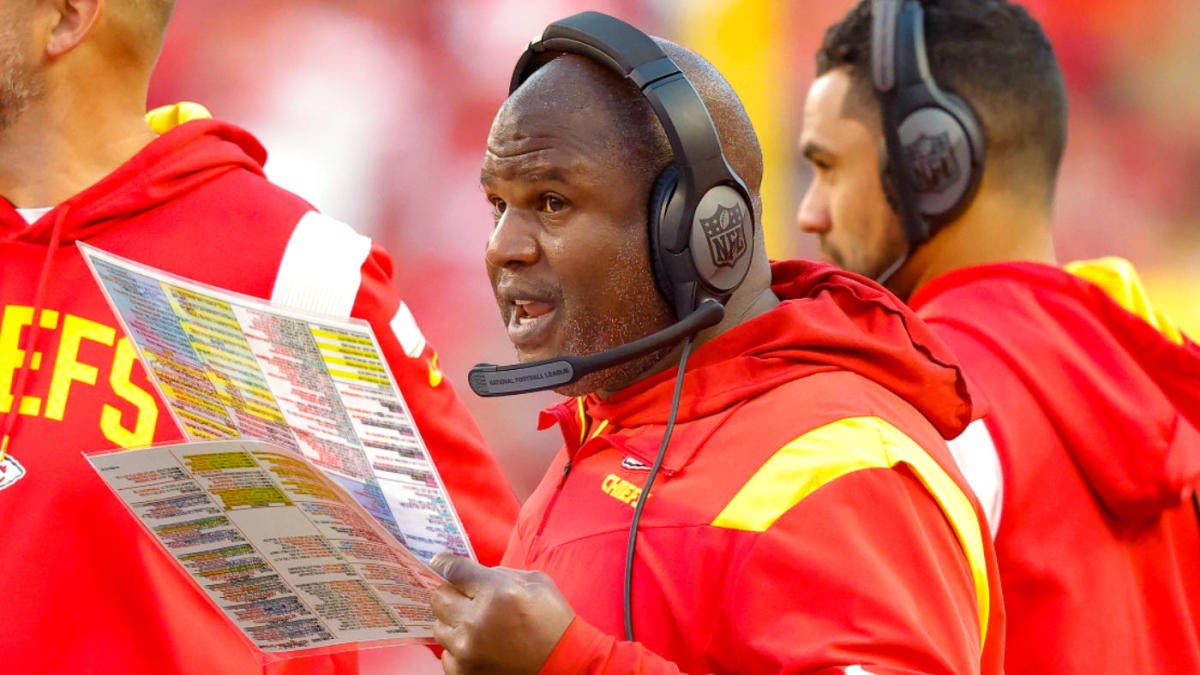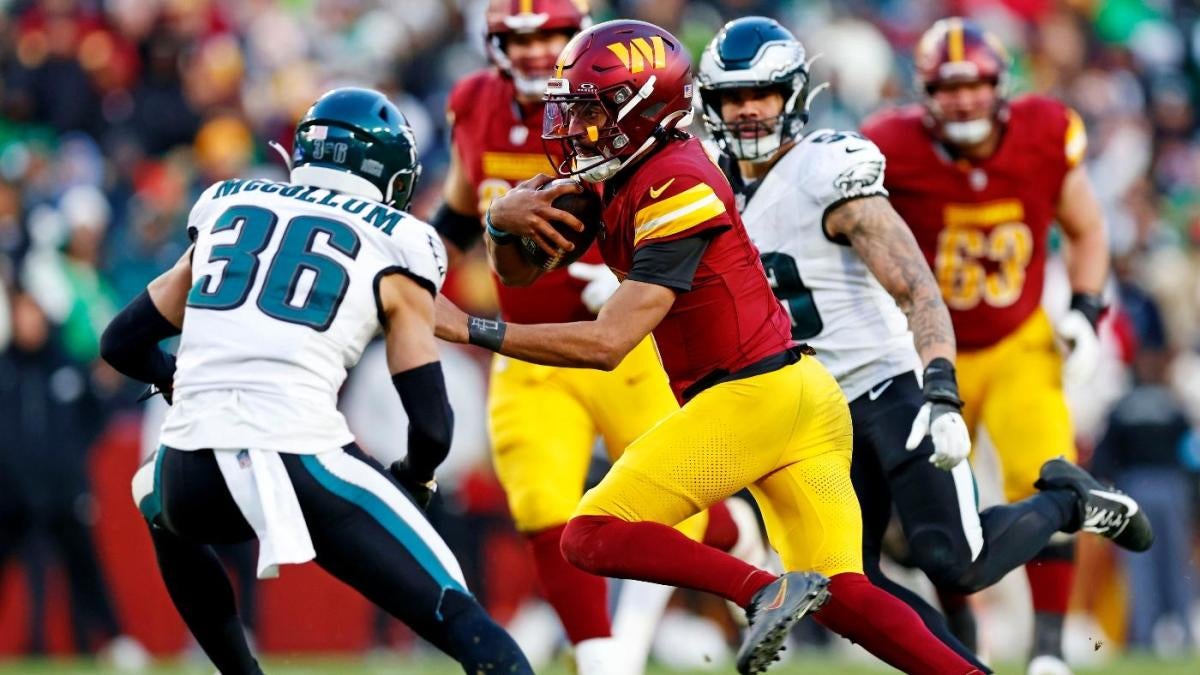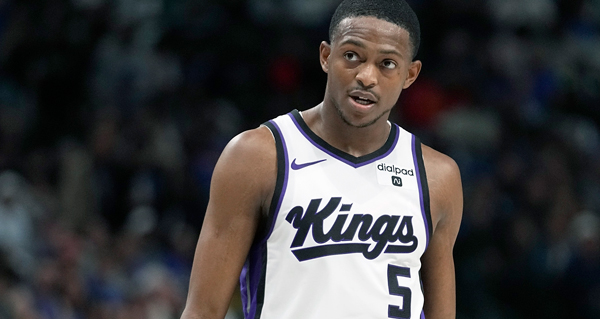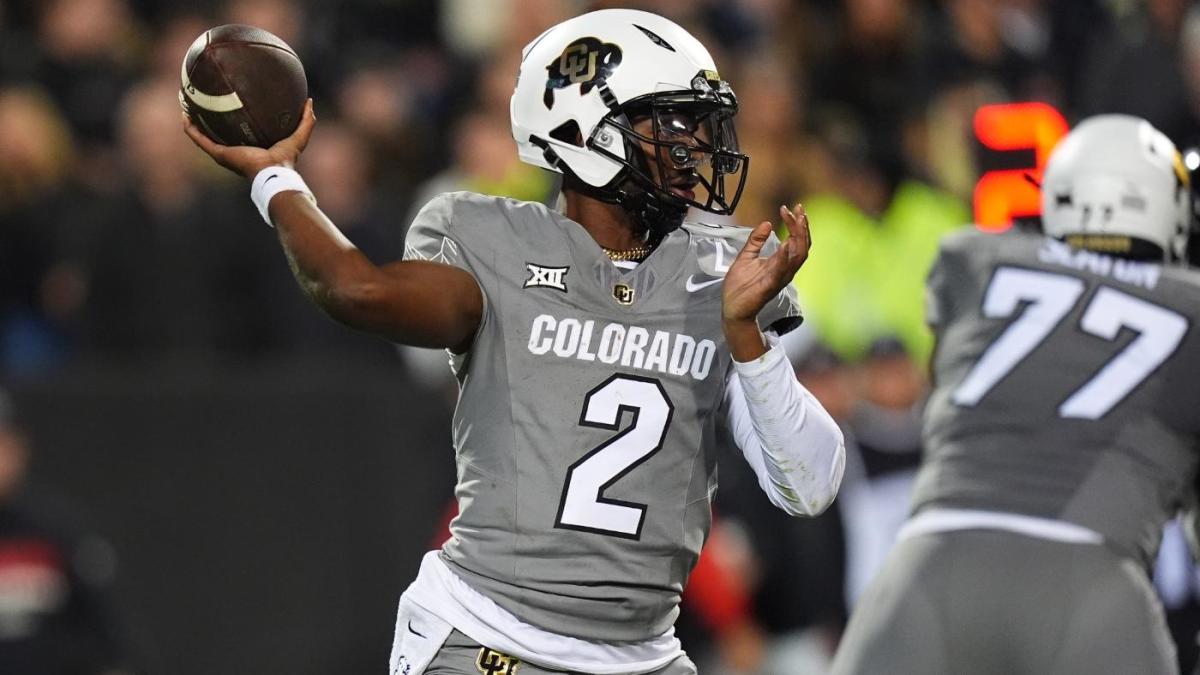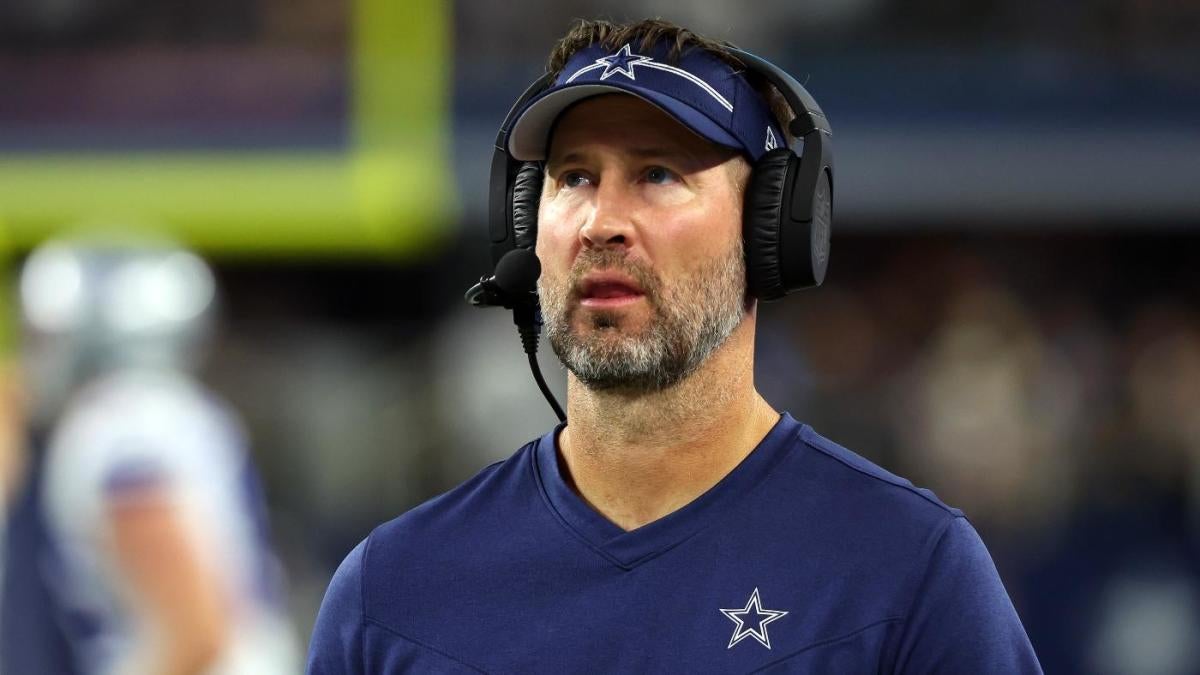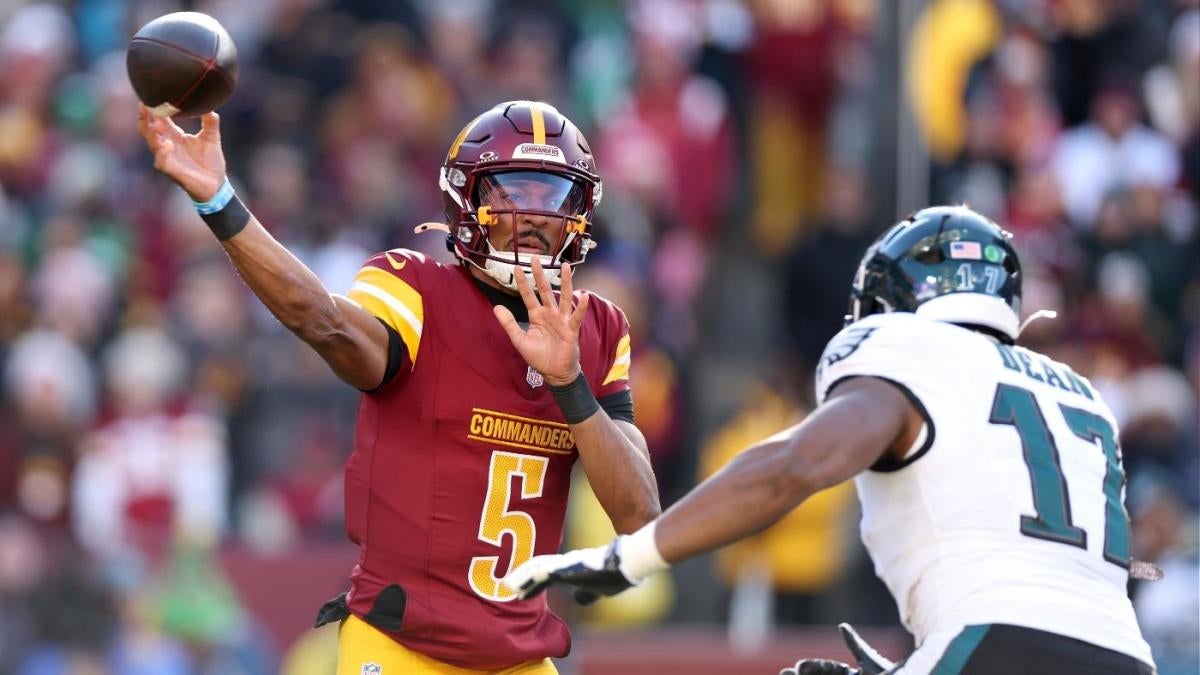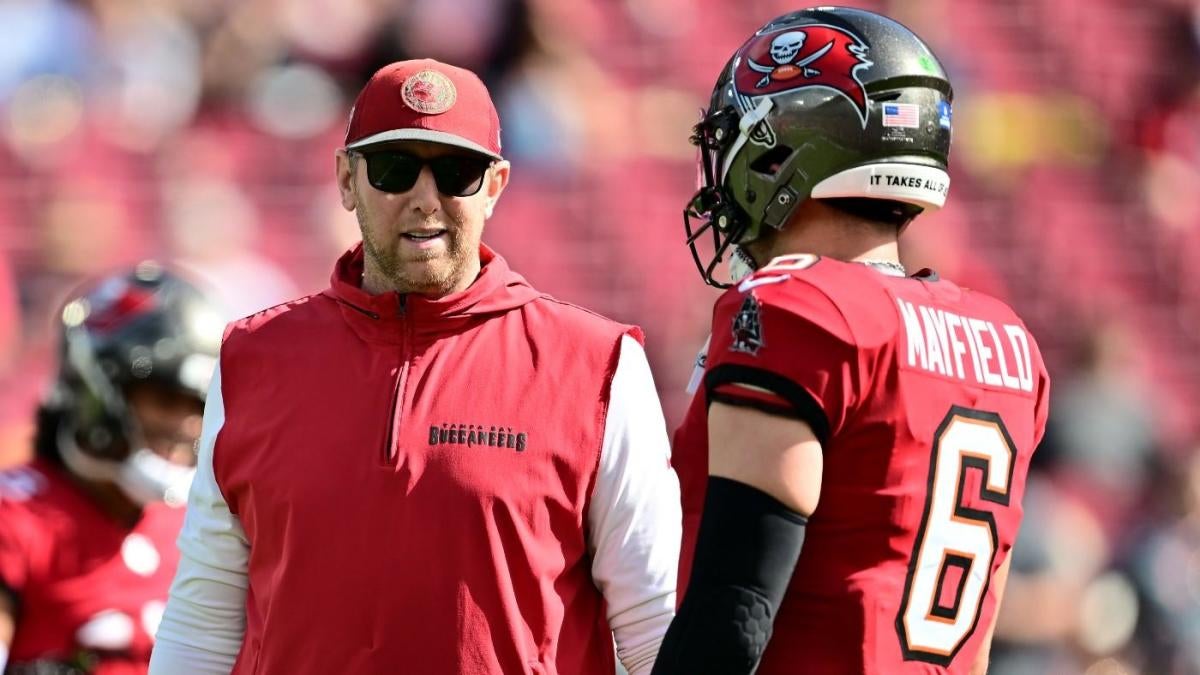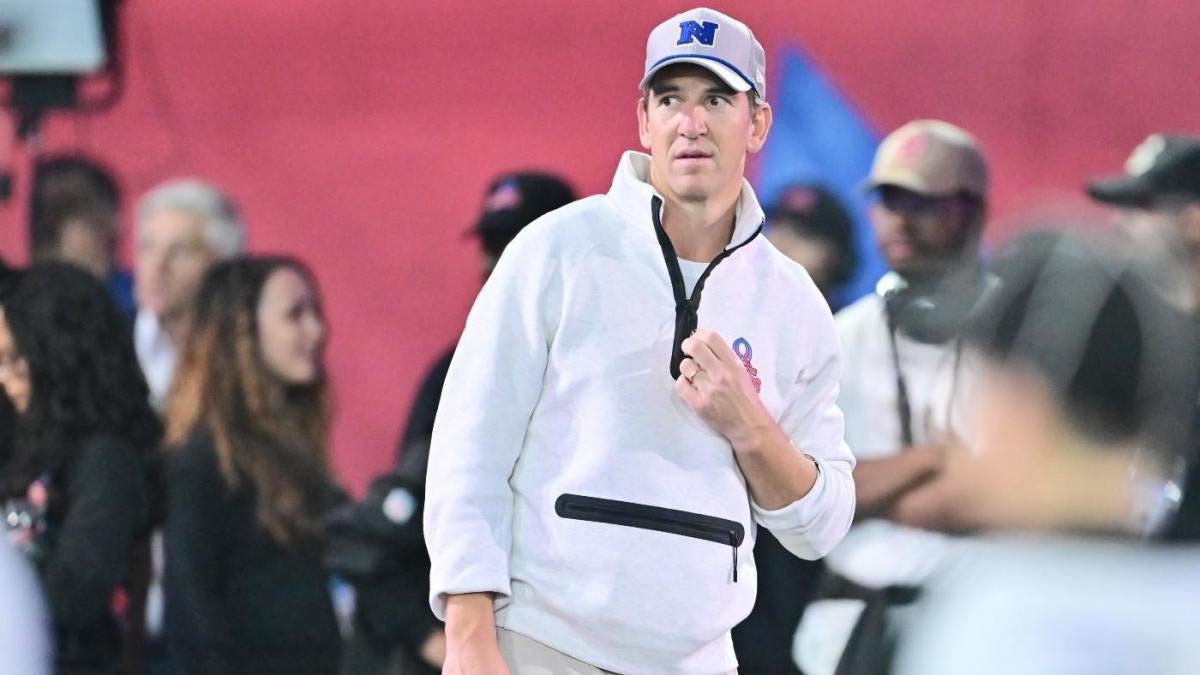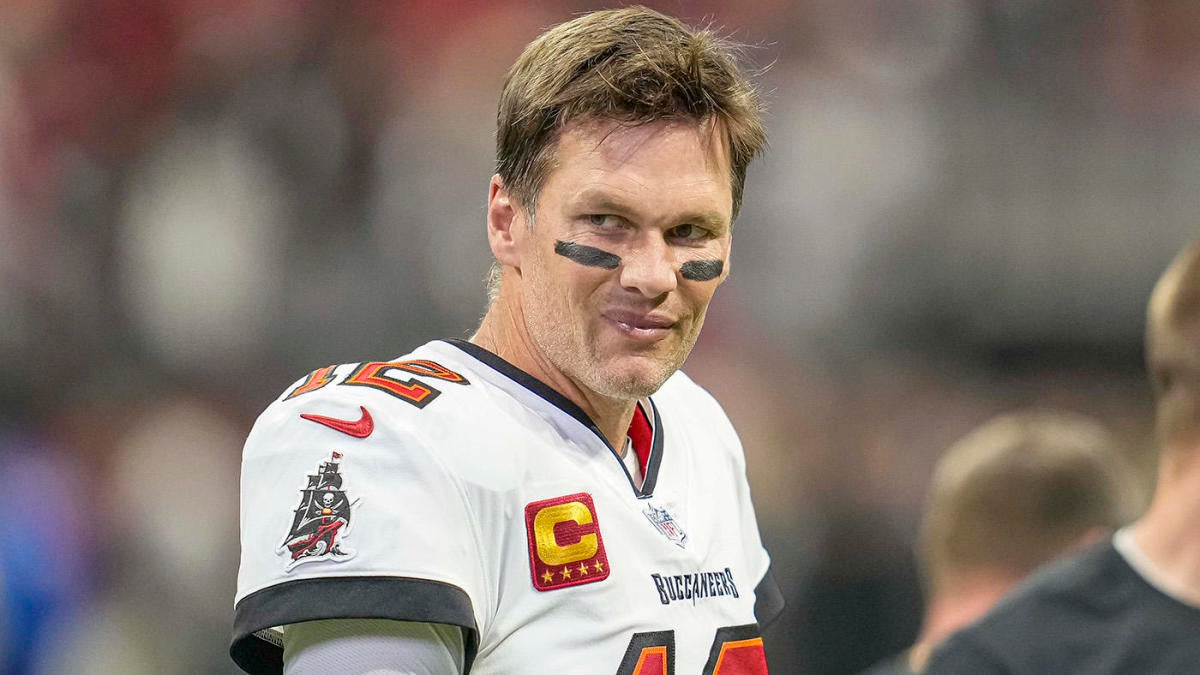
Dead money is a salary cap charge for a player who is no longer on a team’s roster. Excessive dead money can inhibit a franchise’s ability to field a competitive team. The salary cap room needed to be active in free agency or give contract extensions to key players on the team shrinks.
Dead money exists because of how salary cap accounting rules operate. Signing bonuses, option bonuses and certain roster bonuses are prorated or spread out evenly over the life of a contract for a maximum of five years. When a player is released, traded or retires, the remaining proration of these salary components immediately accelerate onto his team’s current salary cap.
There are two major exceptions to this general rule of bonus proration accelerating. Only the current year’s proration counts toward the cap with players released, traded or retiring after June 1. The bonus proration in future contract years is delayed until the following league year, which typically begins in early to mid-March.
A team can also release two players each league year prior to June 2 (known as a post-June 1 designation) that will be treated under the salary cap as if released after June 1. With a post-June 1 designation, a team is required to carry the player’s full cap number until June 2 even though he is no longer a part of the roster. The player’s salary comes off the books at that time unless it is guaranteed.
This means dead money is typically a sunk cost where money isn’t owed to a player. A payment is associated with dead money when there are salary guarantees at the time of release or departure comes after the player has already begun receiving a portion of his compensation in that particular league year.
Teams are becoming more comfortable with bigger amounts of dead money. The number of dead money charges in excess of $20 million has increased from three last year to six in 2023. Here’s a look at the players responsible for the 10 largest amounts of dead money this year.
Potential dead money subject to a grievance is not included in the calculations. Neither are potential expenses from termination pay since a player must submit paperwork during a small time frame right after the regular season ends in order to collect. The NFL collective bargaining agreement’s $295 daily amount for participating in a team’s voluntary offseason workout program is also included in dead money when applicable.
The Packers accommodated Rodgers’ trade request a little over a year after he became the NFL’s first $50 million-per-year player. Rodgers signed a contract that was widely considered to be $150.815 million over three years in 2022 although two additional below-market years (2025 and 2026) were a part of the deal. Rodgers’ 18-year tenure with the Packers came to an end when the Jets sent the Packers a 2023 first-round pick (13th overall), a 2023 second-round pick (42nd overall), a 2023 sixth-round pick and a conditional 2024 second-round pick in exchange for him and a 2023 first-round pick (15th overall pick) in April a couple of days before the start of the 2023 NFL Draft.
Rodgers’ $40,313,570 is the second biggest amount of dead money in NFL history behind only quarterback Matt Ryan’s $40.525 million with the Falcons last year. The $40,313,570 is composed of $32.640 million in proration from Rodgers’ fully guaranteed $40.8 million 2022 roster bonus and the $7,673,570 of 2023 bonus proration that already existed before the 2022 deal. The Packers lost $8.69 million of 2023 cap space by moving Rodgers but the four-time NFL MVP is off Green Bay’s books beginning in 2024.
The bill has come due for the Buccaneers radically changing their approach of salary cap management in 2021 to “keep the band together” to try to repeat as Super Bowl champions because of Brady retiring in March. Win-now mode personnel moves were constantly made with little regard to long-range planning.
Brady’s contracts are a prime example. The fully guaranteed, two-year, $50 million deal worth a maximum of $59 million with incentives Brady signed as an unrestricted free agent in 2020 to join the Buccaneers was extended by one year the following March. The one-year contract extension, worth nearly $28 million, freed up $19.3 million of 2021 salary cap room. Three voiding/dummy contract years (2023 through 2025) were added so Brady’s fully guaranteed, $20 million, fifth day of the 2021 league year roster bonus and $20 million signing bonus could be prorated over five years (through 2025) instead of over just two years (through 2022). Both of these salary components were each prorated on the salary cap at $4 million annually for these five years.
After Brady decided to play a 23rd and final season in 2022, his contract was reworked again. Instead of making $10,395,588 in 2022 on a $20,270,588 cap number, his compensation was raised to $15 million by essentially buying out the $4.5 million of incentives in his contract.
In addition, $13.88 million was converted to a roster bonus due one day after executing the new contract that would be prorated over the life of the deal like signing bonus while a dummy/voiding 2026 contract year was added. The new dummy/voiding year allowed the roster bonus to be prorated on the salary cap at $2.776 million annually from 2022 through 2026. Brady’s 2022 cap number dropped to $11.896 million in the process.
The $35.104 million is the third largest dead money charge ever. Brady’s dead money consists of $12 million in 2021 roster bonus proration (2023 through 2025), $12 million in signing bonus proration (2023 through 2025) and $11.104 million in 2022 roster bonus proration (2023 through 2026).
The Giants dealt Williams to the Seahawks at the trade deadline for a 2024 second-round pick and a 2025 fifth-round pick. Williams was in the last year of a three-year, $63 million contract, which had been restructured twice for salary cap purposes. In order to get such a good return for Williams, the Giants essentially bought better draft capital by converting $9,352,778 of his remaining $10 million 2023 base salary into signing bonus pre-trade. A new record for dead money with a non-quarterback was established in the process. The Seahawks are only responsible for $647,222 of the $10 million.
Cooks wanted no part of what he thought would be a Texans rebuilding process although he signed a two-year contract extension worth nearly $20 million per year in April 2022, which included a $16 million signing bonus. He got his wish in March when he was traded to the Cowboys for a 2023 fifth-round pick and a 2024 sixth-round pick. The Texans converted $6 million of the $35 million left on Cooks’ contract into signing bonus to make the trade work with Dallas.
Robinson was a major disappointment last season after signing a three-year, $46.5 million contract (worth up to $48 million through incentives) with $30.75 million fully guaranteed in free agency. He had 33 catches for 339 yards and three touchdowns in 10 games before being sidelined for the rest of the season with a left foot injury.
The Rams were so motivated to get rid of Robinson that $3.4 million of 2023 salary cap space was lost in his April trade to the Steelers, which was a swap of 2023 seventh-round picks. Robinson’s 2023 salary cap number was $18.05 million. A willingness by the Rams to eat $10.25 million of Robinson’s $15.25 million 2023 salary made the trade possible. For his brief stay in Los Angeles, Robinson made $25.75 million from the Rams.
Pick Six Newsletter
Crafted By The Best NFL Experts
Get the day’s big stories + fun stuff you love like mock drafts, picks and power rankings.
Having a wide receiver on a $29,227,775 2023 cap number didn’t make the most sense for a rebuilding team that was going to be without quarterback Kyler Murray for part of the regular season while he was recovering from a torn right ACL. The Cardinals released Hopkins at the end of May after unsuccessfully attempting to trade him. Hopkins didn’t play any of the new years under the two-year, $54.5 million extension he signed a few months after being acquired from the Texans in 2020. The deal contained a then-wide receiver-record $27.5 million signing bonus and a $9 million option bonus. A $10.65 million salary conversion for cap purposes took place in 2022.
Jalen Ramsey, CB, Rams: $19.6 million
Going from Super Bowl champions to missing the playoffs last season with a 5-12 record prompted the Rams to change course as the “Eff Them Picks” approach to roster building started catching up with them. Ramsey was dealt to the Dolphins in March for a 2023 third-round pick and tight end Hunter Long. The Rams created $5.6 million of cap space with the trade. Ramsey had three years left on the five-year, $100 million extension, containing a $25 million signing bonus, he signed in 2020 to become the NFL’s first $20 million-per-year defensive back. A $16 million salary conversion, creating $12.8 million of cap space, took place in 2021.
Floyd was released in March as one of several cost-saving maneuvers to help the Rams get under the salary cap. There were two years remaining for $31.5 million on the four-year, $64 million contract he signed in 2021, which had a $14 million signing bonus. The Rams gained $3 million of cap space by parting ways with Floyd. As part of the Rams’ efforts to repeat as Super Bowl champions in 2022, $15 million of Floyd’s 2022 base salary was converted to signing bonus while dummy/voiding 2025 and 2026 contract years were added in the process.
With the 2022 season quickly going off the rails for the Panthers with a 1-4 start, leading to the firing of head coach Matt Rhule, Carolina traded McCaffrey to the 49ers a couple of weeks later. McCaffrey was dealt for 2023 second-, third- and fourth-round picks as well a 2024 fifth-round pick. The 2022 season was the first new year of a four-year extension signed in 2020, averaging $16,015,853 per year, that made McCaffrey the league’s highest-paid running back. The deal included a $21.5 million signing bonus. Contract restructures in 2021 and 2022 converted a combined $14,412,500 of base salary into signing bonus.
Matt Ryan, QB, Colts: $18 million
The Colts were anticipating an aging Ryan being the quarterback in 2023 when acquiring him from the Falcons in March 2022 for a 2022 third-round pick. Twelve million of Ryan’s 2022 base salary was converted to signing bonus to create $6 million of 2022 cap space. Ryan’s contract was also reworked so $12 million of his 2023 base salary was fully guaranteed.
It didn’t work out that way. Father Time caught up with the then-37-year-old Ryan and a 4-12-1 record resulted in the Colts getting the fourth overall pick in this year’s draft. Ryan was released in March before the remaining $7,205,882 of 2023 base salary, which was guaranteed for injury, became fully guaranteed on the third day of the league year (March 17) and his injury-guaranteed $10 million third day of the league year roster bonus was due.
Go to Source
Author: Joel Corry
November 22, 2023 | 12:41 pm
